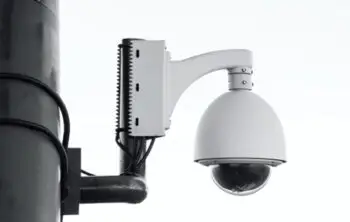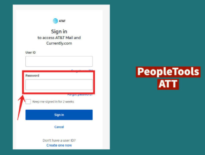The future of Dai holds great promise as it continues to innovate, upgrade, and provide scalability solutions within the crypto industry. This article explores the evolution of Dai, highlighting the various innovations that have enhanced its stability and usability. Observing Dai’s journey to mainstream acceptance highlights crypto’s innovation, including tools like https://granimator.de/, an automated trading bot that optimizes crypto trading.
Evolution of Dai: Past and Present
Dai, a decentralized stablecoin, has come a long way since its inception. Its journey began with the launch of the MakerDAO project in 2015, which aimed to create a stable cryptocurrency that could eliminate the volatility issues associated with other digital assets. In December 2017, the first version of Dai was introduced on the Ethereum blockchain.
The early days of Dai were marked by experimentation and learning. The team behind MakerDAO faced numerous challenges in achieving and maintaining stability. The design of the system relied on collateralization, where users locked up their Ethereum assets as collateral to generate Dai. However, this system faced limitations and was not as efficient as desired.
To address these issues, the team introduced Multi-Collateral Dai (MCD) in November 2019. This major upgrade expanded the range of acceptable collateral beyond just Ethereum, allowing users to generate Dai by locking up various digital assets. The introduction of MCD brought greater diversity and resilience to the system, reducing its dependence on a single collateral type.
Another significant innovation in Dai was the introduction of the Dai Savings Rate (DSR). Launched in 2019, DSR allowed users to earn interest on their Dai holdings. This feature attracted more users to Dai, as it provided an incentive to hold the stablecoin rather than trading or exchanging it. DSR enhanced the stability of Dai by encouraging long-term holding and reducing volatility.
Governance played a crucial role in shaping the evolution of Dai. The introduction of decentralized governance allowed MKR token holders to participate in decision-making processes, such as determining the stability fee and implementing system upgrades. This community-driven approach empowered users and ensured a more democratic and transparent governance model.
Integration with decentralized finance (DeFi) protocols further expanded the usability of Dai. By integrating with lending and borrowing platforms, decentralized exchanges, and other DeFi applications, Dai became an integral part of the growing decentralized ecosystem. This integration boosted liquidity, accessibility, and overall adoption of Dai.
Innovations in Dai: Enhancing Stability and Usability
The ongoing development of Dai has brought forth a range of innovations aimed at enhancing its stability and usability. These innovations have played a significant role in strengthening the position of Dai in the crypto ecosystem and attracting more users. Let’s explore some of these key innovations:
One of the most notable innovations in Dai is the introduction of Yield Farming. Yield Farming allows users to earn additional returns by leveraging their Dai holdings in various DeFi protocols. Users can earn additional tokens as rewards by participating in liquidity pools, providing liquidity, or staking Dai in yield farming platforms. This innovation has created new opportunities for Dai holders to maximize their returns and participate in the vibrant DeFi ecosystem.
In addition to Yield Farming, Dai has also embraced the concept of Decentralized Autonomous Organizations (DAOs). DAOs are community-driven organizations that operate on blockchain networks and allow members to participate in decision-making processes. MakerDAO, the organization behind Dai, has implemented a DAO structure to empower MKR token holders to contribute to governance, risk management, and system upgrades. This decentralized governance model ensures transparency, inclusivity, and resilience in the decision-making processes.
Dai has been integrated with various wallets and platforms to further enhance usability, making it easily accessible and convenient for users. Wallets such as MetaMask, Trust Wallet, and Ledger support Dai, allowing users to store, send, and receive the stablecoin seamlessly. Moreover, Dai has been listed on major cryptocurrency exchanges, making it more readily available for trading and exchanging purposes. This increased accessibility has contributed to the broader adoption and usage of Dai within the crypto community.
Conclusion
The future of Dai is bright and full of potential. Through continuous innovation, upgrades, and scalability solutions, Dai has solidified its position as a leading decentralized stablecoin in the crypto ecosystem. The introduction of new features, integration with DeFi protocols, and advancements in scalability have enhanced the stability, usability, and overall user experience of Dai. Dai’s impact on financial inclusion and decentralized finance is set to grow as we look ahead.






